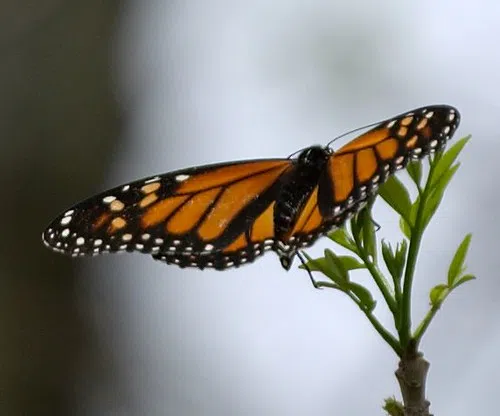Researchers are urging Canada, the United States and Mexico to take immediate and co-ordinated action to save the monarch butterfly as the migratory insect faces a growing risk of extinction. Ryan Norris, a professor at the University of Guelph’s department of integrative biology, says a new study shows the iconic butterfly’s population has dropped to 40 million from over 300 million in early 19-90s.
“These are pretty low numbers and the reason why we don’t want to be that low is because any kind of catastrophe in Mexico could, threatens to, could wipe out the whole Eastern Monarch, North American population.”
Migrating monarch butterflies fly thousands of kilometres every year, between Central Mexico, where they spend the winter, and the United States and Canada.
Lead author Tyler Flockhart, a population ecologist and conservation biologist, notes that while several factors are involved, the primary reason behind the decline in the butterfly’s population is the loss of its breeding plant, milkweed.
“The best supported hypothesis at least at the moment is that it’s the loss of breeding habitat, particularly milkweed plants in the U.S. midwest. It’s leading the population decline for monarchs.”
The paper proposes an investment of 150-million-dollars over a five-year period to restore milkweed plants along the butterfly’s migration path, as agricultural practices often destroy them.
(The Canadian Press)









Comments